Full 8 Yard Kilt - the gold standard in Scottish Kilt Making
£435.00
Ex Tax: £362.50
- Model: T-KCMT08M
Find your tartan and view swatches with our Tartan Finder. You can search for tartans by family name, clan name or colour or just browse our A-Z list.
Search for your tartan by entering the tartan, clan, surname or location below:
You searched for: tartans. There are results. Click a tartan to select it for your item, or search again
Too many results? You can filter your results by a stripe colour.You searched for: . There are results. Click a tartan to select it for your item, or search again
You searched for: Tartans beginning with . There are results. Click a tartan to select it for your item, or search again
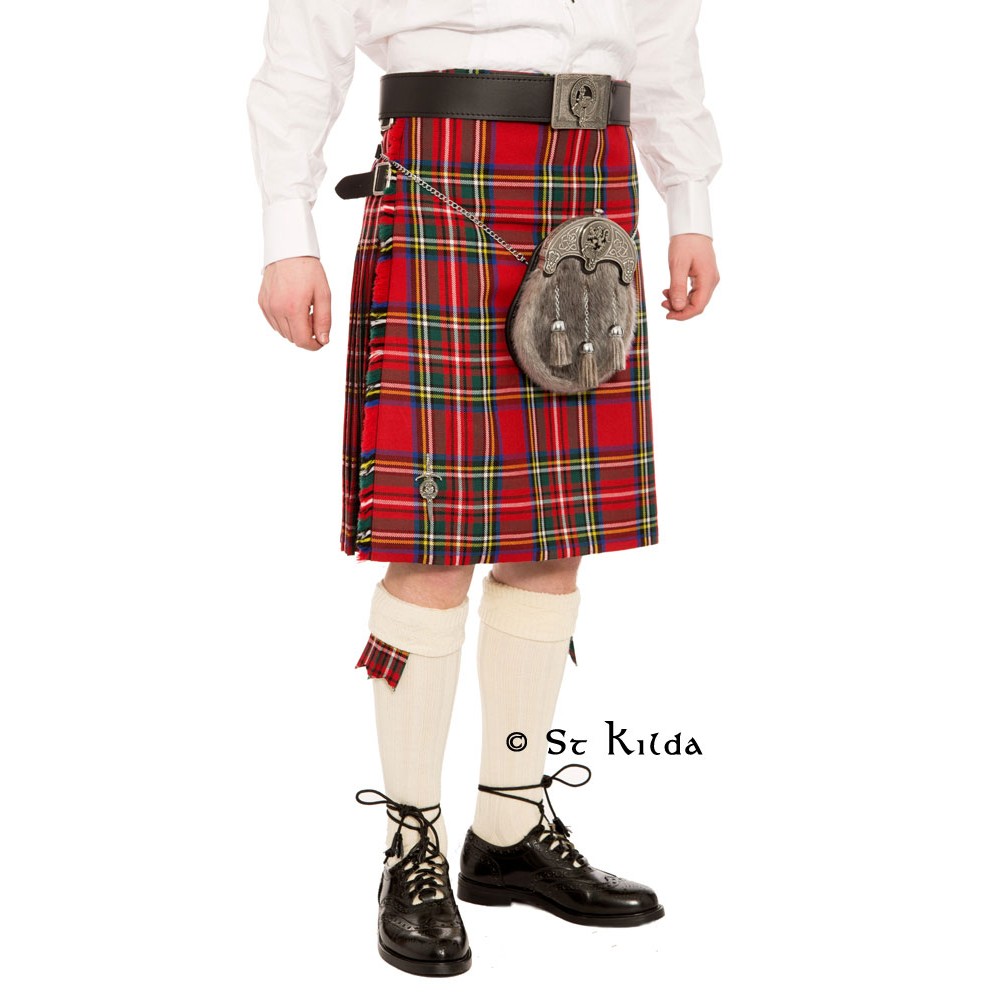
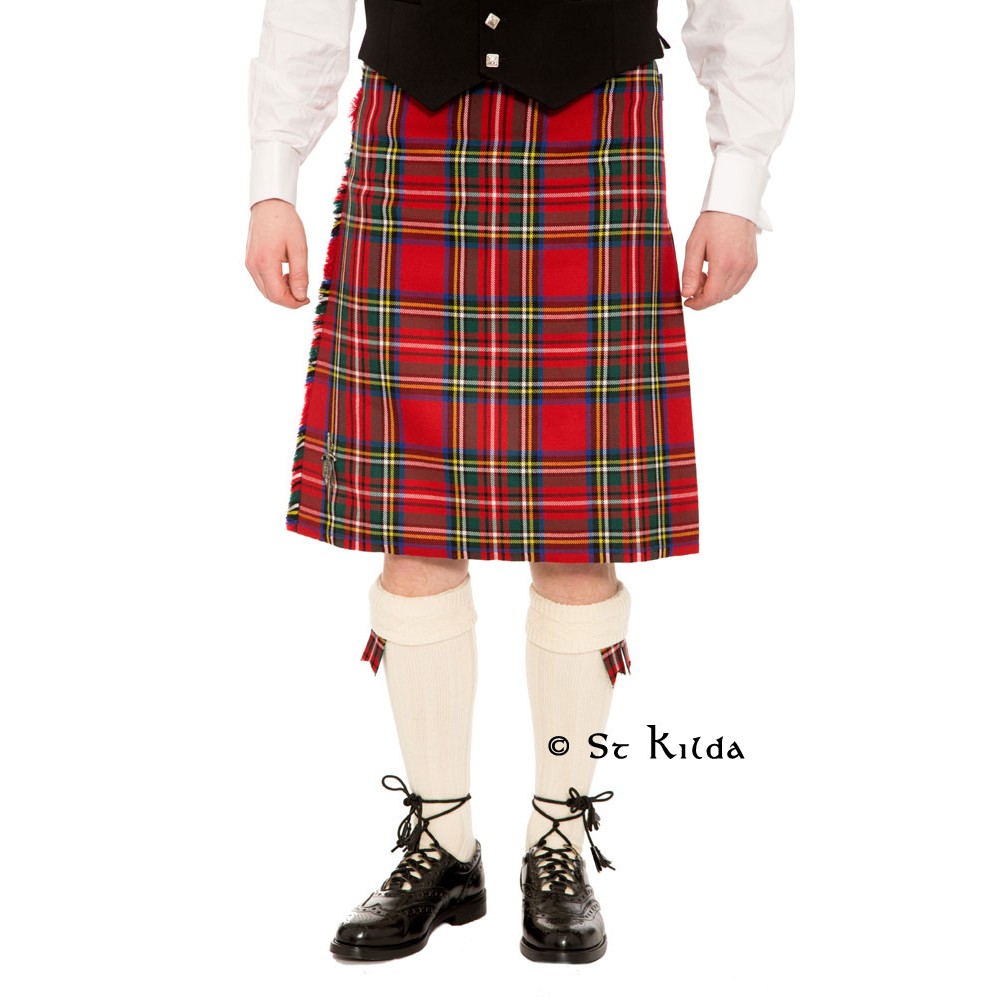
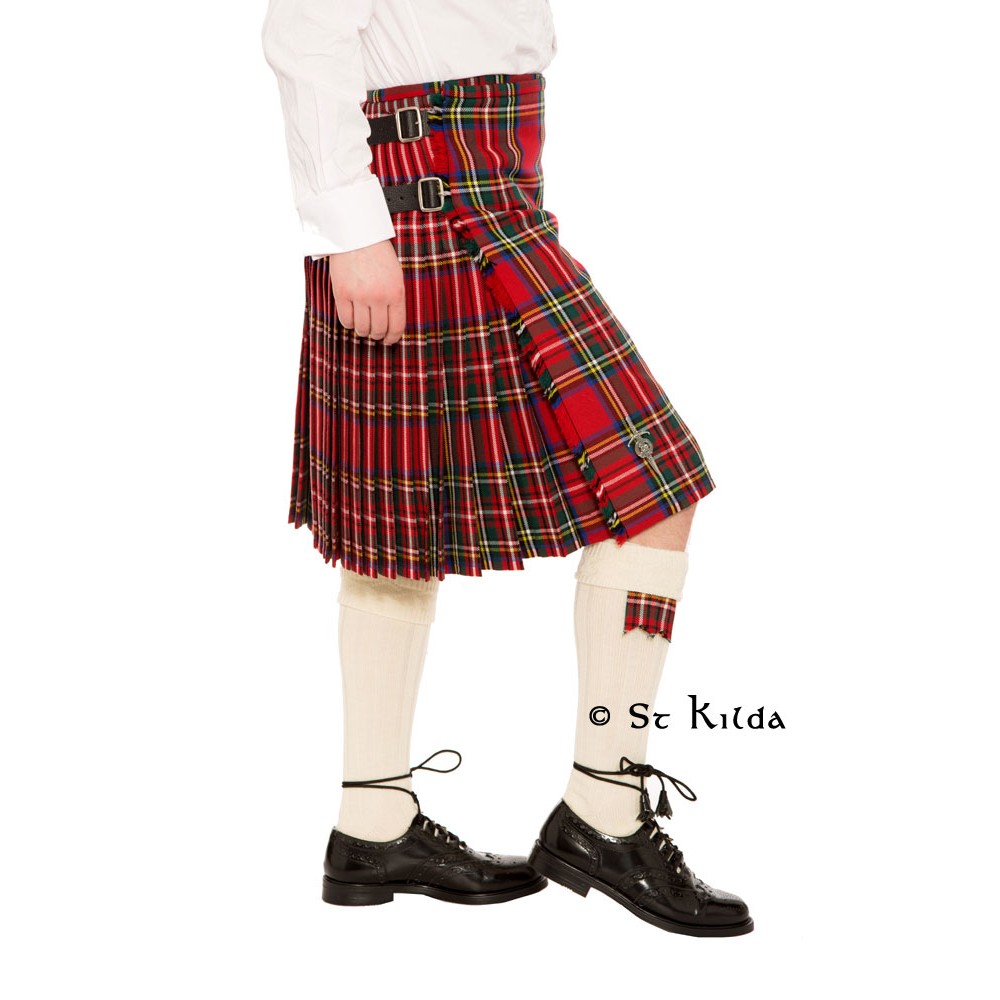
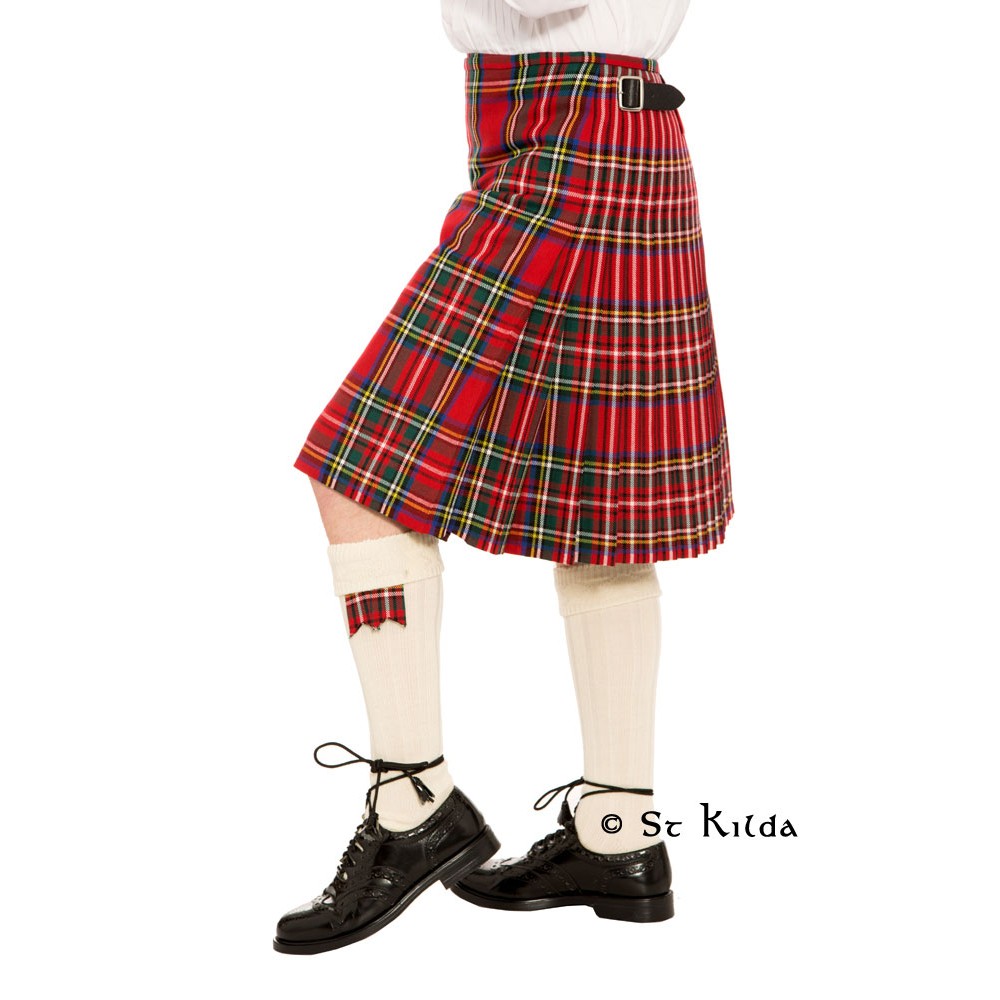
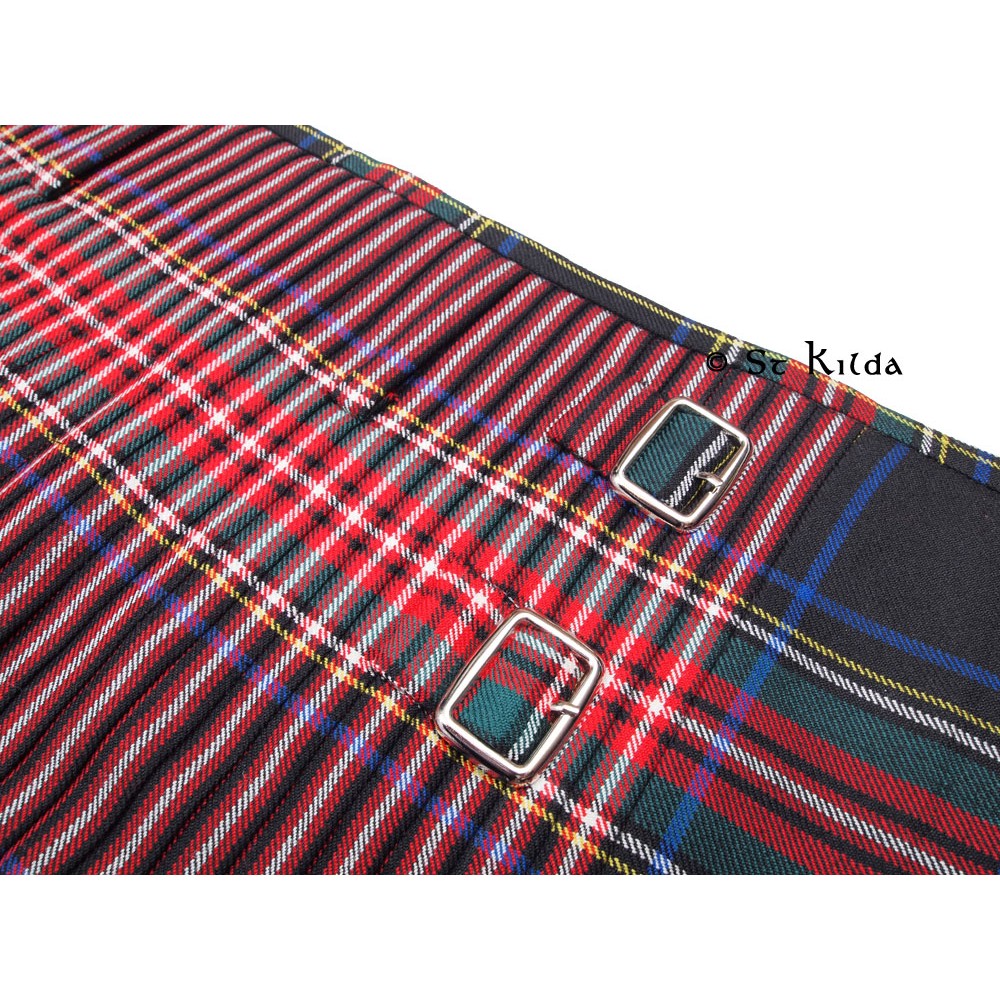
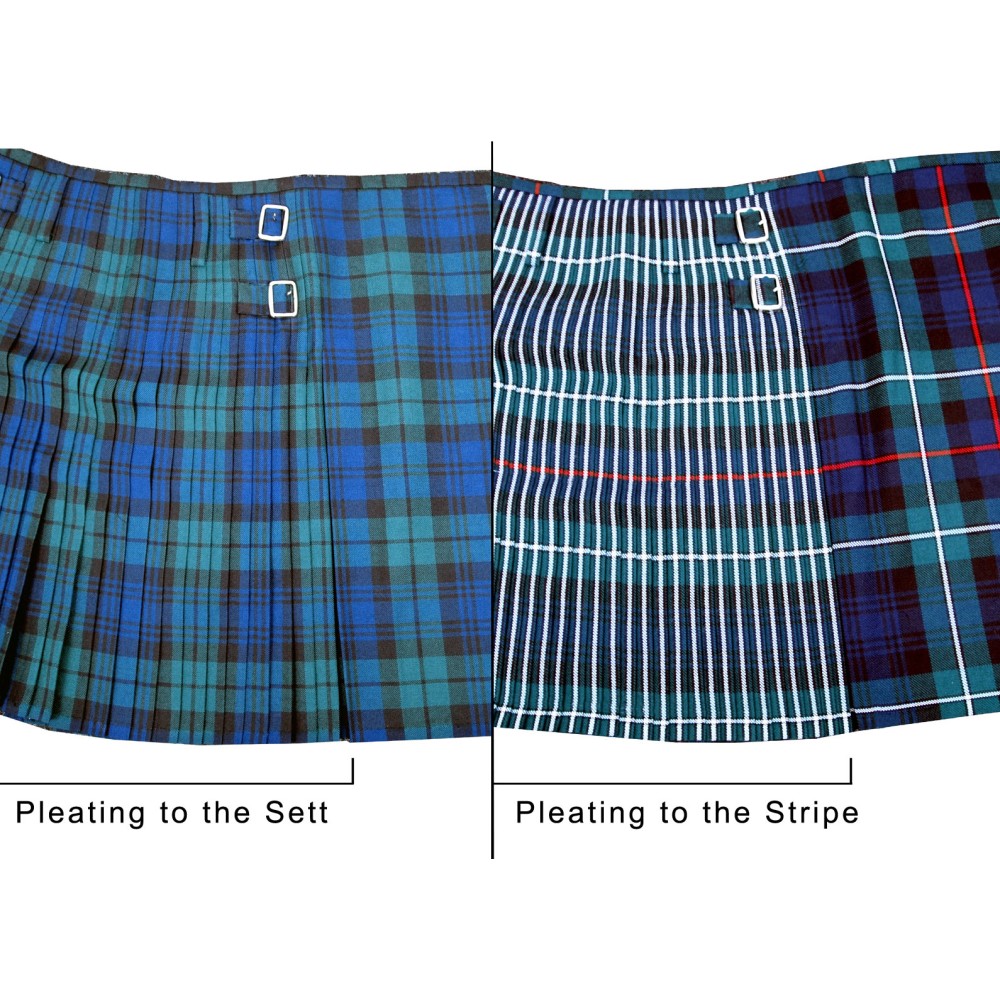
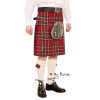
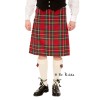
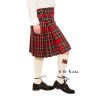
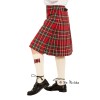
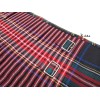
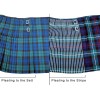
The 8-yard kilt is the gold-standard of kilt construction. Full-bodied with deeper pleats at the back, the 8-yard is ideal for any event you'll be attending. Our kilts, properly kept and treated, will last you a lifetime. Fully canvas lined with 3 buckles to ensure an excellent fit.
The kilt is machine stitched and hand finished from 8 yards of worsted wool, available in our full range of tartans from Lochcarron of Scotland, Marton Mills, Strathmore Woollens, House of Edgar and Welsh Tartans. Completely made in our Glasgow tailoring workshop. Kilt pin and sporran may be purchased separately.
We can make an 8-yard kilt to most waist and seat sizes, although for gentlemen with larger seat sizes we usually recommend a 9-yard kilt (idea for seat sizes 46"-52") or a 10-yard kilt (ideal for seat sizes 52"+). Kilt straps on this kilt are set with an allowance of 0.5" tighter and 1.5" looser.
Tartan Finder Disclaimer:
As each of the mills has supplied their own images, or they have been taken from fabric samples, please note that the setts are not to scale when comparing tartans of different mills. Also, as screen resolutions vary, colours may differ slightly from those seen here. If unsure, we’d encourage you to purchase a swatch of the fabric before buying.
Don't worry if these seems daunting, it's not as hard as it might sound! We have many years experience making kilts for people of all sizes, and will check with you if anything seems unusual.
Pleating at the back can either be 'to the sett' meaning it continues the pattern of the tartan, while 'to the stripe' means each pleat carries a uniform stripe from the tartan (see picture comparison above). You have the option to choose which colour stripe you'd like carried over in this option - just input which colour from your chosen tartan you'd like in the text box.
If you have any queries regarding the measurement process, the pleating options, or would like some additional information before placing your order please contact us.
Each mill uses different methods, looms and finishes on
their cloth.
In general, heavyweight is perhaps the best material for
making kilts, it looks and feels great, while also being fairly crease resistant
(when the kilt is treated and kept properly anyway). However, it’s not always
best for warm climates, and sometimes folk prefer a lighter option, so
mediumweight is a great alternative. Lightweight would be recommended especially for very warm climates.
Strathmore (W60) and House of Edgar (Mediumweight and Old and
Rare - but not their Nevis, Hebridean or Emblem ranges) have a traditional selvedge
made on a shuttle loom, which means the bottom of the cloth (and so the kilt)
is exactly the same thickness as the rest of the cloth. These traditional edges
are only available in the mediumweight cloths.
Marton Mills and Lochcarron use a tuck-in selvedge, where the end threads are ‘tucked’ back into the weave. This means the bottom half-inch of the cloth (and the kilt) can be a little thicker than the rest (not too much though, and not enough to distort the shape of the pleating at the back). It also means the tucked threads can poke up out of the cloth.
Don’t worry if this doesn’t mean anything to you! Both are of kilting quality and produce a kilt that will last you a lifetime. The difference is subtle and can be apparent on close inspection, but not so much from a distance.